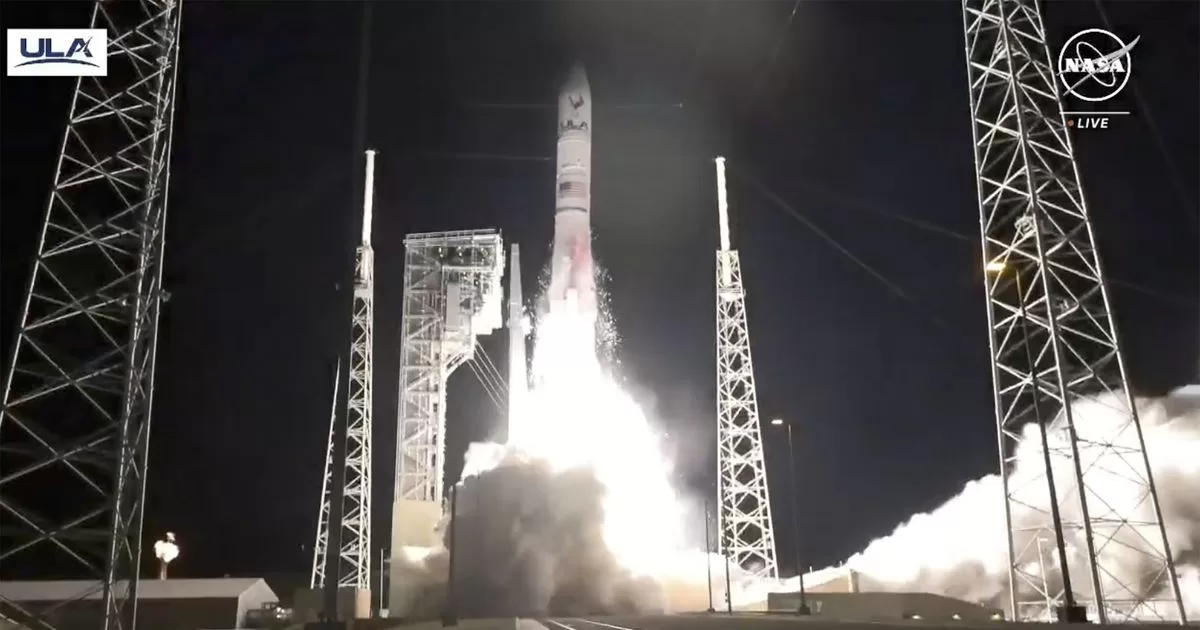CAPE CANAVERAL — The first U.S. lunar probe in more than 50 years lifted off Monday, starting a race among private companies to send supplies into space for NASA and other space agencies.
The Astrobotic Technology probe took off aboard a new rocket, the United Launch Alliance Vulcan, which crossed the skies of Florida before dawn, beginning a journey that should conclude with a lunar landing on February 23.
“I’m so, so, so excited. “Let’s go to the Moon!” declared Astrobotic CEO John Thornton.
However, the lunar module suffered an “anomaly” after undocking from the rocket that flew it, following its successful takeoff, indicated the private company that built the device.
“The team responds in real time as the situation progresses and will provide updates as data is obtained and analyzed,” Astrobotic said in X.
The anomaly” that prevented the module from “reaching a stable orientation towards the sun,” the company added, which prevents its panels from generating their maximum energy capacity.
“The solar panel is used to provide charge to the battery and maintain the orientation of the module.”
The Peregrine module was developed by Astrobotic with the support of the space agency NASA, which commissioned the company to transport scientific material to the Moon.
The Pittsburgh company hopes to be the first private firm to achieve a moon landing, something only four countries have achieved. But a Houston company also has a lunar probe ready and could even reach the Moon sooner because its ship will use a more direct path.
“We are the first to take off, but we will have to see if we will be the first to arrive,” Thornton stressed.
NASA gave both companies millions of dollars to build and send their own lunar probes. The space agency wants private missions to explore the lunar surface before sending astronauts with NASA science experiments and other supplies for other customers. Astrobotic’s contract with Peregrine amounts to $108 million.
The last time the United States launched a lunar mission was in December 1972, when Apollo 17’s Gene Cernan and Harrison Schmitt became the 11th and 12th men to set foot on the Moon, closing NASA’s most prestigious chapter.
NASA’s new program, Artemis — named after Apollo’s twin sister according to Greek mythology — seeks to return to the lunar surface in the coming years. First there will be a trip around the Moon by four astronauts, possibly before the end of the year.
A highlight of Monday’s liftoff was the much-delayed test launch of the Vulcan rocket from the Cape Canaveral Space Force Station. The 61-meter (202-foot) rocket is basically an upgraded version of ULA’s Atlas V rocket, which is on its final missions along with the company’s Delta IV rocket. Jeff Bezos’ rocket company, Blue Origin, provided the Vulcan’s two engines.
ULA declared the mission successful as soon as the lunar probe detached from the upper section of the rocket almost an hour after launch.
“Yee-haw!” shouted CEO Tory Bruno. “I’m so excited, I can’t even say how excited I am.”
Source: With information from AP and AFP







